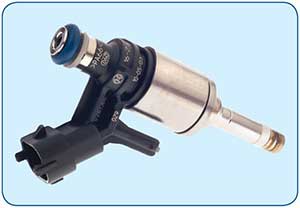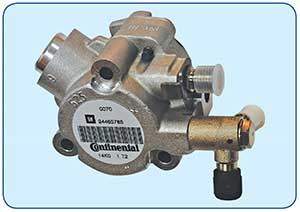Fuel Injectors (GDI)
What does the Technician need to know about Direct Fuel Injection (GDI) fitted to a motor vehicle?
Gasoline Direct Injection (GDI) systems are commonplace in the modern automotive industry. Just like Electronic Fuel injection (EFI) replaced Carburettors years ago, Direct Injection systems are the new standard. The major advantages of a GDI system is the increased fuel efficiency allowing manufacturers to downsize engines and reduce emission levels.
Like many systems, even modern direct injection, parts fail and before working on GDI systems technician should be aware of the dangers and changing component technology.
It is common for GDI injectors to be triggered by voltages as high as 120V, and technicians should never disconnect injector connectors during operation. Fuel pressure is another area of caution, fuel line pressures can be in excess of 200 Bar. Fluid at these pressures can cause serious skin or eye injuries. Procedures outlined by the manufacturer on lowering residual fuel pressure safely should be followed.
GDI Injector information – Bosch HDEV5
A multi-hole, electrical magnetic solenoid injector (not Piezo type) that is used on system pressures of up to and exceed 200Bar.
This type of injector may be located at the side or center of the combustion chamber, depending on the crown design of the piston. An average Injector Pulse Width is approx. 0.4µs and the Injector winding resistance. cold would be approx. 1.5 ohms.

Direct Injection Pumps (DIP)
Generally driven by the camshaft and may utilize Roller, Follower or Bucket type drive that contacts cam lobe.
Some V configured engines can utilize 2 DIP units, 1 per bank, and contain an electric pressure regulator solenoid that is controlled by the PCM.
Most also contain an internal pressure relief valve. A “clicking” sound may be audible during operation. Utilizing a suitable scan tool can assist with verifying if DIP is functioning correctly.


